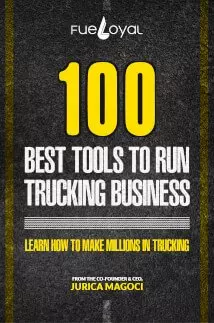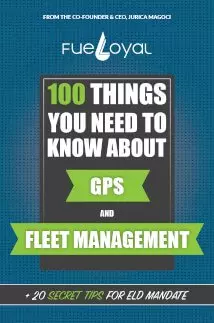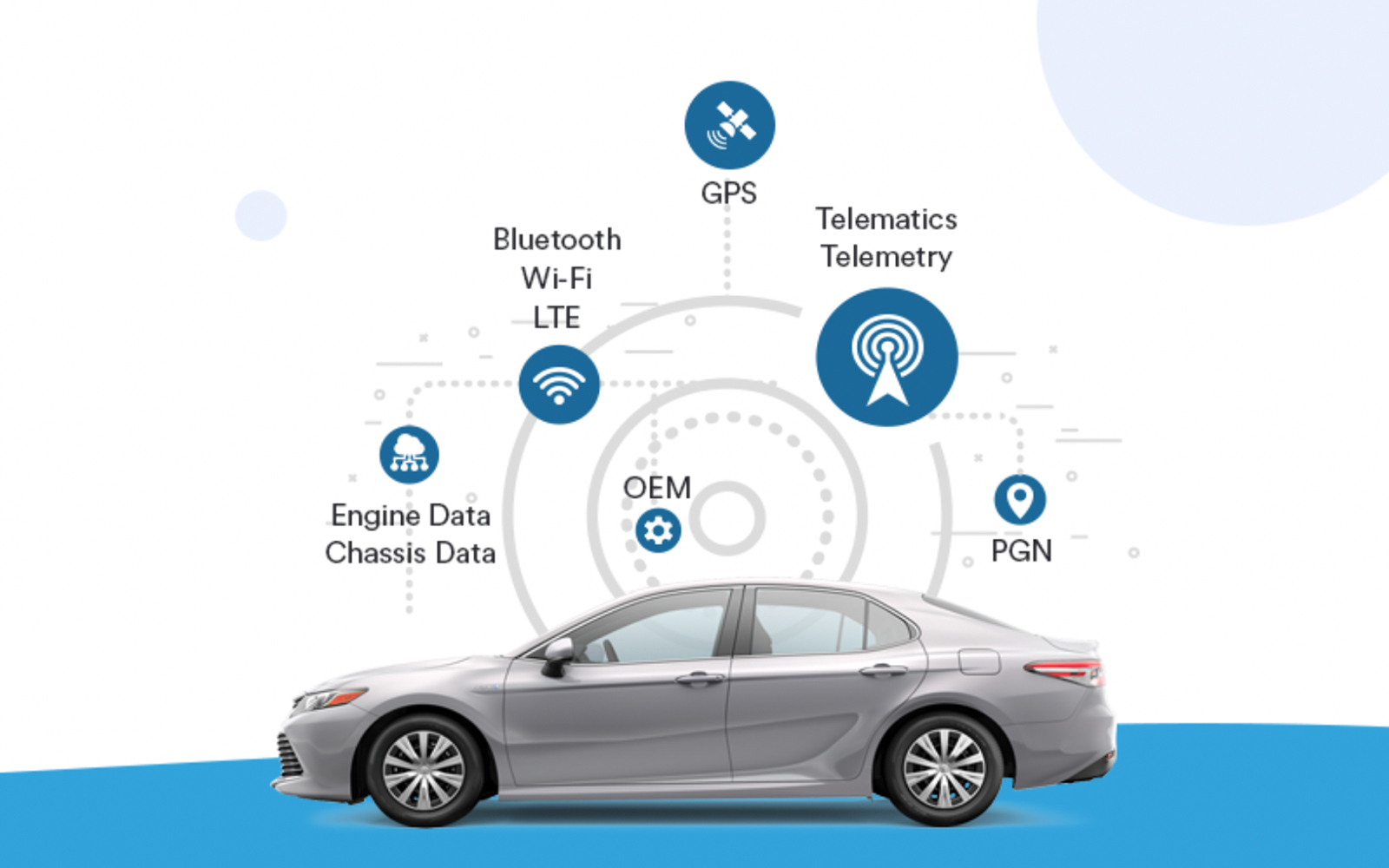You check to see if you have your keys, wallet/purse, phone, money, or any other things you need to take. Your pre-trip inspection often includes a headcount of the kids, seeing if they are all seat belted in, and if you have snacks, wet wipes, and etc.
Have you even gone on a business trip, a vacation, or spent a weekend away? If you are like most of us you have. Before leaving you check your baggage (computer case, suitcase, handbags, etc.), ensure everything you need is packed. You are careful to have your ID, passport, plane tickets, and all other essential documents.
You have planned your route, double (perhaps triple) checks you accommodations and other arrangements. You might go so far as to ensure you have emergency contact information available.
Those are all pre-trip inspections.
Other things people will often do, they check to see if the kids left their bikes in the driveway. Or glance at the tires, in the vehicle, they will look at the gas gauge, perhaps the other warning lights and trailer lights.






